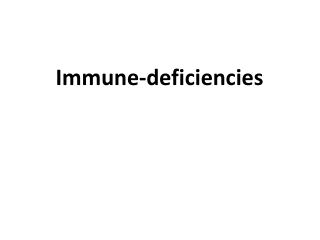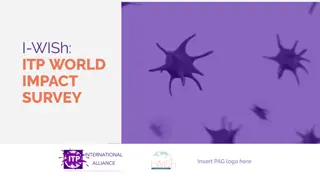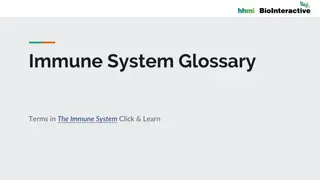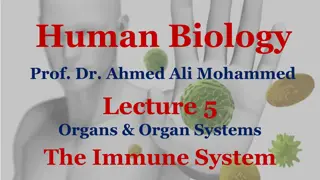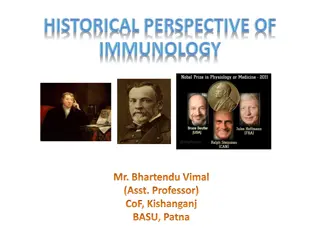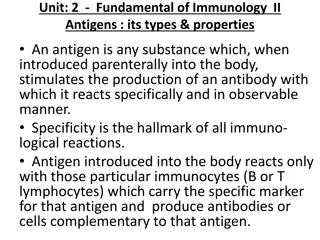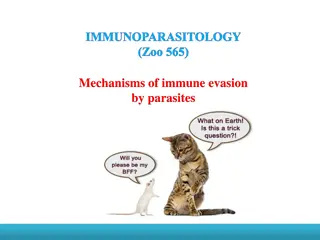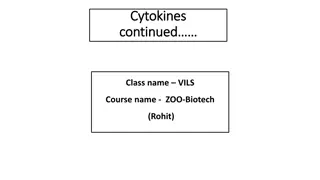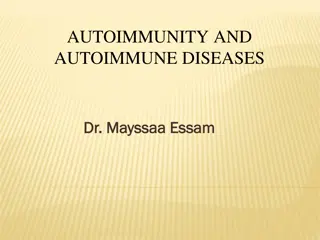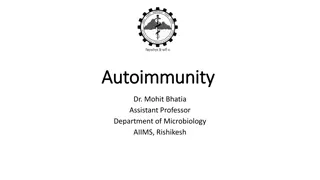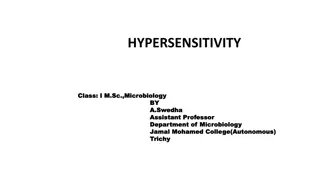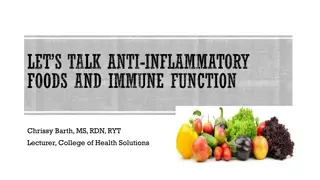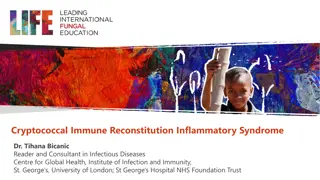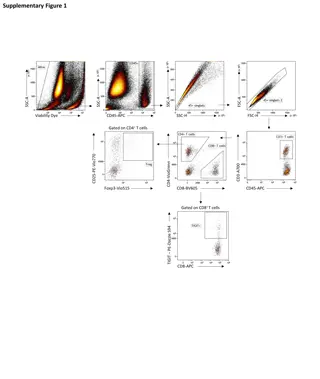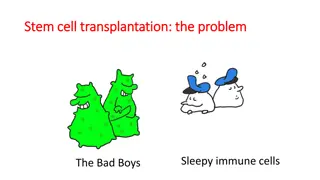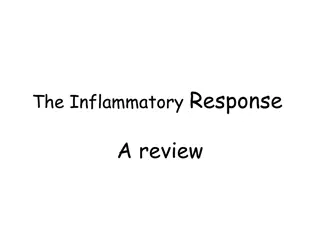Immune Response Regulation and Autoimmunity Overview
The immune system maintains a balance through tolerance mechanisms to prevent autoimmunity. Central and peripheral tolerance play crucial roles in immune unresponsiveness to self-antigens. Failure in immune regulation can lead to autoimmune diseases like diabetes and lupus. Vaccination, discovered by Edward Jenner, is a key method to induce immunity. Various historic events and findings have contributed to our understanding of immunity and disease prevention.
Download Presentation

Please find below an Image/Link to download the presentation.
The content on the website is provided AS IS for your information and personal use only. It may not be sold, licensed, or shared on other websites without obtaining consent from the author. Download presentation by click this link. If you encounter any issues during the download, it is possible that the publisher has removed the file from their server.
E N D
Presentation Transcript
Tolerance and Regulation of the Immune Response Immunological unresponsiveness to self is referred to as tolerance or self-tolerance Very important to human health How is this achieved? -cells with receptors for self-antigens are destroyed in the thymus or bone marrow (central tolerance) -self-reacting lymphocytes are made to become non- responsive (anergy) or induced to self destruct (peripheral tolerance) -if this is not balanced well it leads to autoimmunity
Tolerance and Regulation of the Immune Response The immune system also needs to regulate the length and size of a response Long term inflammation is destructive to the host There is a wealth of data showing that chronic immune infections such as CMV and HIV result in premature aging of the immune system Toxic shock syndrome -high numbers of activated T cells produced -huge amount of cytokines produced -leads to shut down of organ systems and sometimes death
Autoimmunity Autoimmune diseases: -Diabetes, Rheumatoid Arthritis, Lupus, Multiple Sclerosis Thought that regulation of the immune system is involved, not just self-reactive lymphocytes Some genetic factors involved -certain MHC alleles -more women than men affected May be triggered by infectious organisms with antigens similar to normal host antigens
Edward Jenner (1749-1823) & The Discovery of Vaccination (1796) Vaccinia (cowpox) & human smallpox
Vaccination A process of induction of immunity to a pathogen by deliberate injection of a weaken, modified or related form of the pathogen which is no longer pathogenic.
Other historic events & important findings: L. Pasteur (1880s) Vaccines against cholera, and rabies R. Kock (late 19thcentury) Infections caused by microorganisms P. Ehrlich et al. (1890s) Serum factors transfer of immunity Behring & Kitasato (1890s) Antibodies in serum bound to pathogens Porter & Edelman (1960s) Antibody structure J. Gowans (1960s) Immunological importance of lymphocytes
Memory in adaptive immunity 1stinfection slow response memory 2ndinfection fast response pathogen proliferate disease symptoms pathogen killed no disease no symptom
Immunological memory & vaccination Natural infections: 1st infection slow response pathogens multiply Symptoms/disease memory 2ndinfection fast response pathogens disposed no disease Vaccination no disease memory nature infections fast response pathogens disposed no disease
Vaccination protects us from infection by inducing the adaptive immune response, but bypassing the need for a primary infection
Theoretical basis for immunological specificity and memory Theory of Clonal Selection Establishment of lymphocyte memory pool
Ehrlichs Side-chain Hypothesis (1900) 1 2 3 4
Burnets Clonal Selection Theory Each lymphocyte produces one type of Ag receptors only, antigen selects and stimulates cells carrying receptors specific for the antigen 1 2 n 2 2 2 2 2 2
s s s s s s s s s s s s s s s s s s s s s s s s s s s s s s s s s s s s s s s s s


